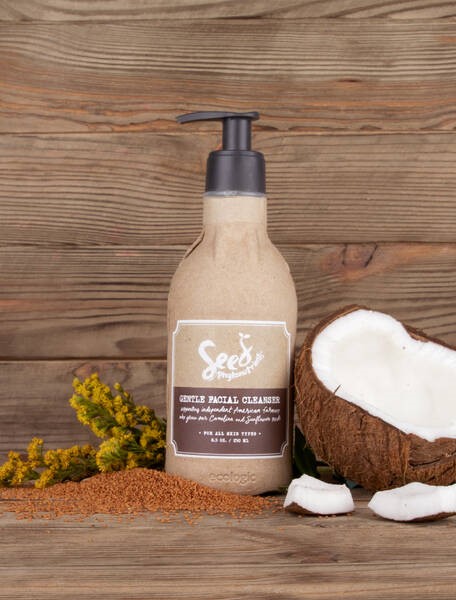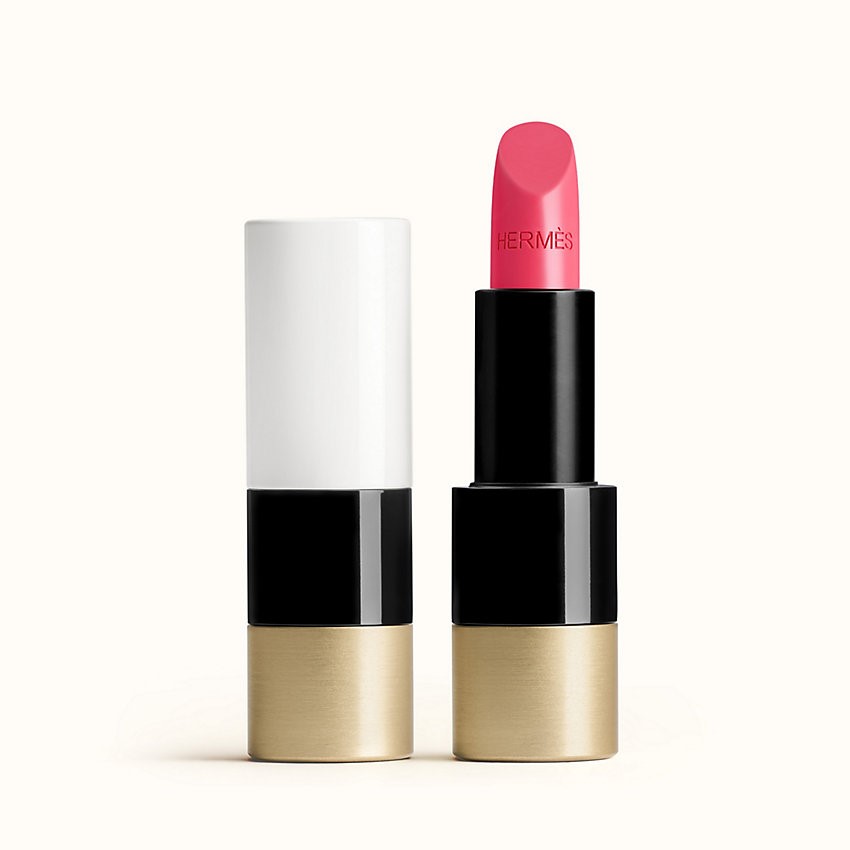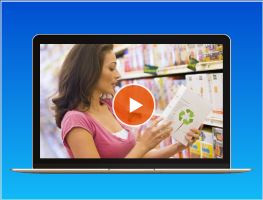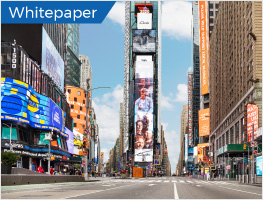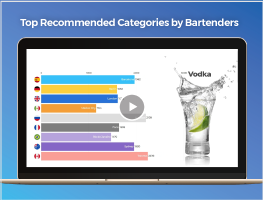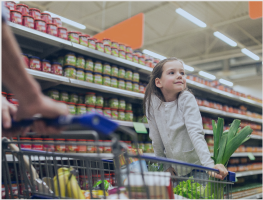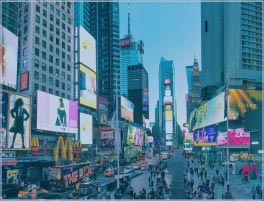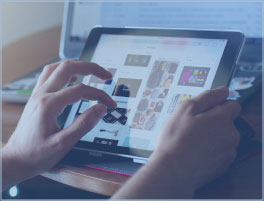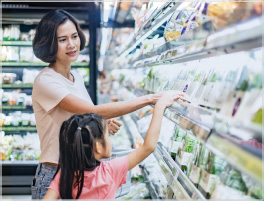Sustainability is now top of mind for beauty brands. Within the past 18 months, we’ve seen an industry-wide push towards developing more sustainable packaging and sourcing more eco-friendly ingredients. This call to action has been sparked by the success of small eco-brands with missions around sustainability. But the movement is gaining momentum industry-wide as bigger brands begin acquiring popular green brands, or develop their own from within. These purpose-driven brands have become industry disruptors. Big brands are now following suit to make the switch to more eco-friendly products. That means changing the way they do things across every step of the supply chain. But this can be difficult for large industry leaders who operate at scale. Luckily there are multiple paths beauty brands can take on their quest for sustainability success, and every step is a step in the right direction. Is your brand approaching sustainability like the winning brands below? There is a lot that must be done differently when becoming more sustainable as a beauty brand involves new processes, new materials and new products. And doing things differently means innovating. L’Oréal is a great example of a brand that is not only investing heavily in sustainability initiatives, but committing to innovation and development alongside. Seed Phytonutrients, a L’Oréal incubated eco brand, partners with independent farmers and aims to make natural products accessible on a mass scale. Their products feature shower-friendly recyclable paper bottles which they developed in partnership with sustainable packaging startup Ecologic. L’Oréal has also recently invested in biotech startup Carbios, which is developing plastic recycling technologies. But beyond that, they’re investing more broadly in beauty tech to bring to market innovative products with better purpose. L’Oréal’s tech incubator boasts the core values of sustainability, performance and inclusivity to enable broader product innovation (including sustainability initiatives) with technology. According to the EPA, the majority of recyclable waste isn’t actually being recycled by consumers. That means it’s up to brands to make sure their they do their part to make packaging as minimal and biodegradable as possible. Think about a typical eye cream: Just .5 ounces of cream in a hard plastic jar. But when you buy it, it’s wrapped in a padded box with lots of paper materials that express the cream’s unique benefits and how to use it. A few years ago, extravagant packaging was a mark of prestige but now it’s recognized as wasteful. Leading players will have to start doing things differently if they want to stay leaders. Many are already well on their way with widescale initiatives to minimize packaging, use more biodegradable materials or create refillable products. Hermès Beauty launched a refillable lipstick this March 2020, following in the footsteps of brands like Natura that have offered refillables since the early 1980s. Natura is now the 4th largest beauty company globally after acquiring companies like The Body Shop and Avon earlier this year. Drunk Elephant is a majorly successful mission-driven brand, recently acquired by Shiseido. Their philosophy is based on producing vegan and cruelty-free products without harmful ingredients. They avoid, for example, using the so-called Suspicious Six additives: essential oils, select alcohols, chemical sunscreens, silicones, fragrance and dye, and SLS. Drunk Elephant’s mission has rocketed them to cult status, in response to the growing number of consumers concerned with the safety of cosmetics ingredients in recent years. Drunk Elephant’s popularity made them a prime candidate for acquisition by a giant like Shiseido as they build out their corporate sustainability initiatives. But sourcing better ingredients is only half the battle. Product labels like “clean”, “green” and “organic” often go unregulated by the FDA in the US, so there’s room for both confusion and lack of trust on the consumer side. Consumers need to be able to trust brands, and for this communication is essential. We see a lot of bigger brands becoming more transparent than ever. Unilever now voluntarily discloses the fragrance ingredients in its beauty and personal care brands like Dove, Axe, and Suave. Johnson & Johnson is doing the same for its baby care products. If you’re a bigger brand changing products or packaging to become more sustainable, you need to clearly communicate this to consumers to ensure their trust. Your consumers need to know what you’re changing and why, and they need to see those changes as being in line with what they value. It isn’t enough to display a new green line of products to clients. You also need to tell a story that brings a sustainable mission in line with your brand. This helps consumers perceive you as authentic. While indie brands may have led the push for more sustainability initiatives in the beauty industry, multinational brands are surely catching up. Whether it’s by acquiring and incubating successful eco brands or developing their own product lines, we’re seeing a lot of creative and interesting developments industry wide. And consumers are responding positively. The reality is that sustainability efforts will only work if they are delivered in a clear, consumer friendly way. For example, consumers may say that they want more sustainable packaging, but the packaging still needs to be functional and convenient. Likewise, safe ingredients are welcome so long as they also deliver on the desired consumer benefits. Finally, the communication should be vetted with consumers so that it is delivered clearly and in a compelling way. Brands’ sustainability efforts are terrific, and they deserve to get credit from their consumers. MetrixLab partners with our clients to ensure that sustainability efforts are consumer-centric. Our solutions and sustainability research modules assess impact of product and packaging innovation and brand communications so that our clients make changes that will have a positive impact on their consumers as well as the world around us.Lead with innovation
Packaging: Less is more
Start with safe ingredients
Communication and transparency appeal to eco-conscious consumers
A greener world ahead
Do you have questions about what consumers think about your beauty brand’s sustainability initiatives? Get in touch.
How beauty giants can become more sustainable

